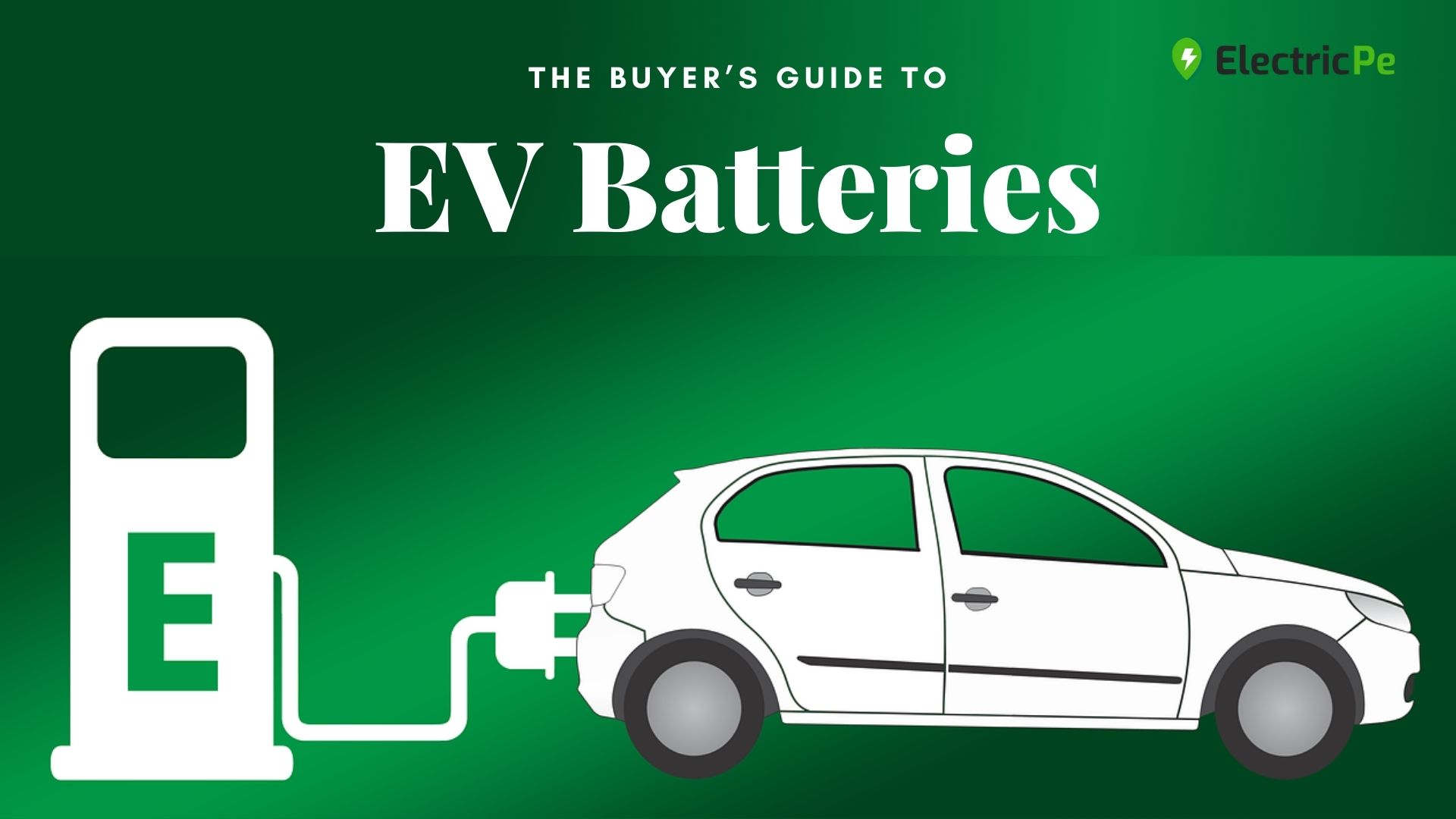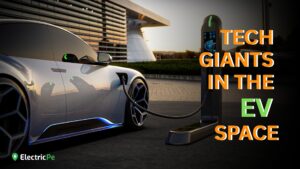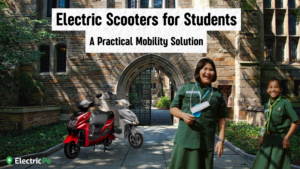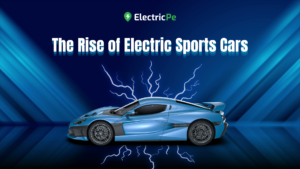When purchasing a traditional vehicle, fuel consumption is a key factor. Similarly, for electric vehicles (EVs), battery type and range play a crucial role in decision-making. With various EV manufacturers using different battery technologies, choosing the right one can be overwhelming for buyers.
This guide breaks down the different types of batteries used in battery electric vehicles (BEVs) and what they mean for performance, longevity, and efficiency. But first, let’s understand how batteries work.
How Do Batteries Work?
Batteries are energy storage devices that convert chemical energy into electrical energy through a process called electrochemical reaction. Inside a battery, two different materials—called electrodes—are immersed in an electrolyte solution. One electrode (the anode) releases electrons, while the other (the cathode) accepts them. When the battery is connected to a circuit, electrons flow from the anode to the cathode, creating an electric current that powers devices.
The first true battery was invented in 1800 by Italian scientist Alessandro Volta. Known as the Voltaic Pile, it was made of stacked zinc and copper discs separated by saltwater-soaked cloth, generating a steady flow of electricity. Volta’s invention laid the foundation for modern batteries, which now power everything from smartphones to electric vehicles.
Types of EV Batteries
The last two centuries saw rapid development of batteries and different chemistries. Battery technology has been evolving with the ever-changing needs of the consumer market. Presently, batteries for EVs are undergoing various research, with manufacturers coming up with better technology every year.
Here is a list of batteries used in electric vehicles and their characteristics, so you can make an informed decision on what type of battery to opt for.
Lithium-Ion (Li-ion)
These are the most commonly used batteries in electric vehicles. A lithium-ion battery consists of a cathode, anode, electrolyte, separator, and current collectors. It operates by moving lithium ions between the cathode and anode during charging and discharging. Known for their high energy density, long lifespan, and fast charging capabilities, Li-ion batteries dominate the EV market. However, they can be expensive and require proper thermal management to prevent overheating.
Lead-Acid
Lead-acid batteries are one of the oldest rechargeable battery types. While cost-effective and reliable, they have low energy density and shorter lifespan, making them less suitable as a primary power source for EVs. However, they are still used in electric two-wheelers and as auxiliary batteries in hybrid and electric vehicles for powering accessories and backup functions.
Lithium Iron Phosphate (LFP)
A subtype of lithium-ion batteries, LFP batteries offer high thermal stability, longer cycle life, and improved safety compared to traditional Li-ion batteries. They have a slightly lower energy density but are widely used in EVs that prioritize durability and safety over range. LFP batteries are particularly popular in electric buses and entry-level electric cars.
Nickel-Metal Hydride (NiMH)
NiMH batteries were commonly used in early hybrid vehicles due to their good energy density and long cycle life. They are more stable than Li-ion batteries but suffer from higher self-discharge rates and lower efficiency. Today, they are primarily found in hybrid electric vehicles (HEVs) rather than fully electric cars.
Solid-State Batteries
Considered the next big breakthrough in EV battery technology, solid-state batteries replace the liquid electrolyte with a solid electrolyte, making them safer, more energy-dense, and longer-lasting. They offer the potential for faster charging and extended driving range, but mass production challenges and high costs have limited their widespread adoption. Many automakers are investing in solid-state battery research for future EVs.
Nickel-Cobalt-Aluminium (NCA)
NCA batteries, a type of lithium-ion battery, are known for their high energy density and long lifespan. They offer excellent performance in high-power applications but can be costly due to cobalt content. Tesla is one of the primary users of NCA batteries, as they provide better range and efficiency.
Nickel-Manganese-Cobalt (NMC)
NMC batteries are another widely used Li-ion chemistry that balances energy density, cost, and safety. The ratio of nickel, manganese, and cobalt can be adjusted to optimize battery performance. They are commonly used in electric cars due to their good overall efficiency, affordability, and long lifespan.
Zinc-Air
Zinc-air batteries generate electricity through a chemical reaction between zinc and oxygen from the air. They offer high energy density and are more environmentally friendly than other battery types. However, challenges like limited rechargeability and slower reaction rates have prevented them from being widely adopted in EVs. Researchers are actively working on improving their viability for future applications.
What EV Battery Type Is Right for You?
Choosing the right EV battery depends on your priorities, whether it’s range, longevity, cost, or sustainability. If you’re looking for the best balance of performance and efficiency, Lithium-Ion (Li-ion) and its variants (NMC, NCA, and LFP) remain the top choices for most electric vehicles.
LFP batteries are a great option if safety and durability matter more than range, while solid-state batteries promise the future of EVs with superior energy density and safety. On the other hand, lead-acid and NiMH batteries are mainly suited for budget-friendly or hybrid applications.
As battery technology continues to evolve, manufacturers are constantly improving energy efficiency, charging speed, and environmental impact. When selecting an EV, understanding battery types helps you make an informed choice, ensuring you get the right balance of performance, cost, and sustainability for your driving needs.
In the market for a new electric scooter? Head on to the ElectricPe website or download the app.
Follow us on Instagram for all EV updates!





